Ganges – Yarlung Zhai (Brahmaputra) – The Megna River Basin (GBM), with a total area of more than 1.7 million square kilometers and a population of more than 630 million, is the most visited and populous and biodiversity richest watershed in the world. On February 6, IUCN Asia Office held the second meeting in Guwahati, Assam, India, inviting social organizations from five countries in the watershed: China, India, Bhutan, Nepal and Bangladesh to participate in the discussion, which included the cooperation mechanism, the work plan, and the flood control. CBCGDF representative was also invited to attend this three-day conference.
In recent years, IUCN has been actively promoting dialogue and governance initiative (BRIDGE) around the world. The first GBM-CSO meeting was held in New Delhi, India on August 17, 2015. CBCGDF actively participated in the meeting and proposed initiatives to achieve initial results. On this basis, this conference further emphasized the importance and necessity of the cooperation in the watershed of GBM. The river, as an important ecosystem and a shared natural resource, links the fate of the five countries of the basin together. On the first day, the organizers presented 21 points for the participants from the five aspects of cross-border cooperation, policy and legislation, research and knowledge, capacity-building, advocacy and communication advocacy for analysis and reflection, and organized representatives from various national NGOs to share relevant work experience, while national teams discussed the framework and guidelines for cooperation. Flood is an important factor affecting the largest delta in the GBM watershed, and how to manage and solve the problem is the core issue of the second day. The organizers organized a field trip on the third day to visit the village next to Guwahati in the Brahmaputra, and to make a summary discussion.
CBCGDF’s representative agreed with other participants from China. First, the watershed cooperation among the five countries and three major rivers in the GBM basin form the largest and most populous Ganges delta in the world, ranking second only to the Amazon in biodiversity, and that China is in a relationship between the upstream and downstream countries. Second, the vision of GBM focuses on five points: cross-border cooperation, policy and legislation, research and knowledge, capacity building and communication and advocacy are very important and feasible for all countries. Third, as an upstream country, China has a unique geographical position and certain advantages and shoulders the related responsibilities at the same time. Today, the world welcomes and actively participates in the "Belt and Road" Initiative of China, and the GBM Basin is in the middle of the scale. All countries along the route attach great importance to this opportunity. In the meantime, referring to the Lancang-Mekong Basin, the five countries have good opportunities in the fields of shipping, energy, ecology and sustainable development.

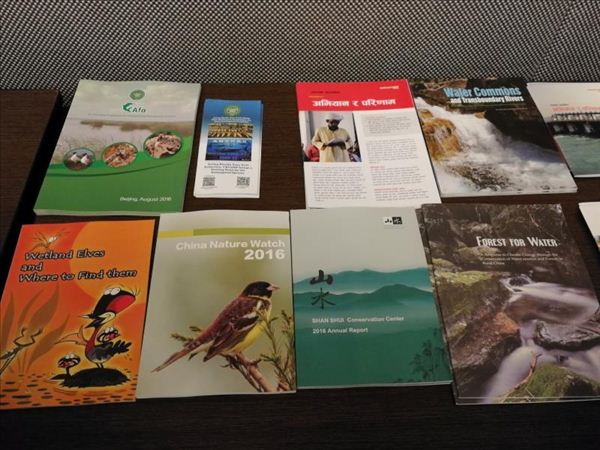
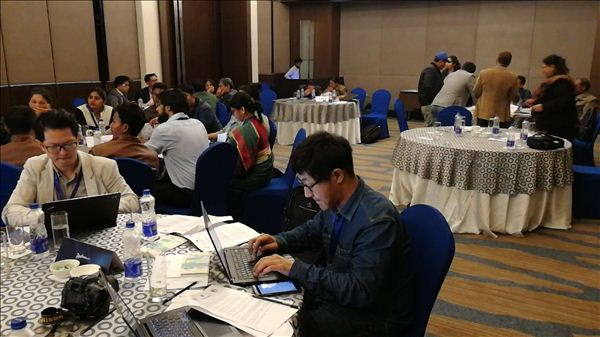
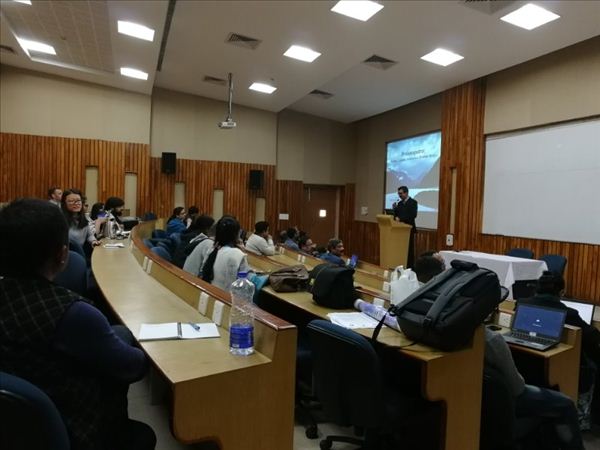
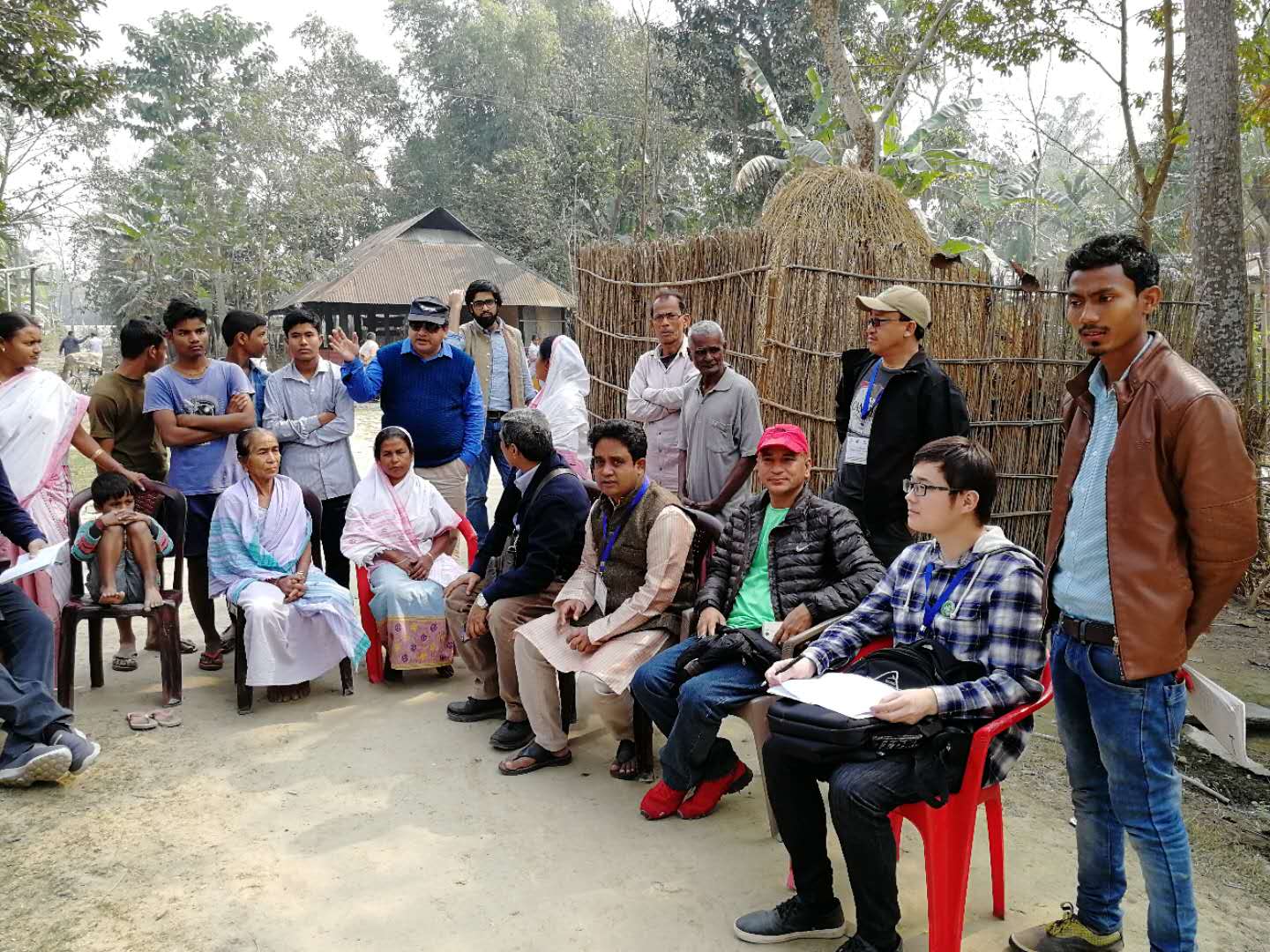
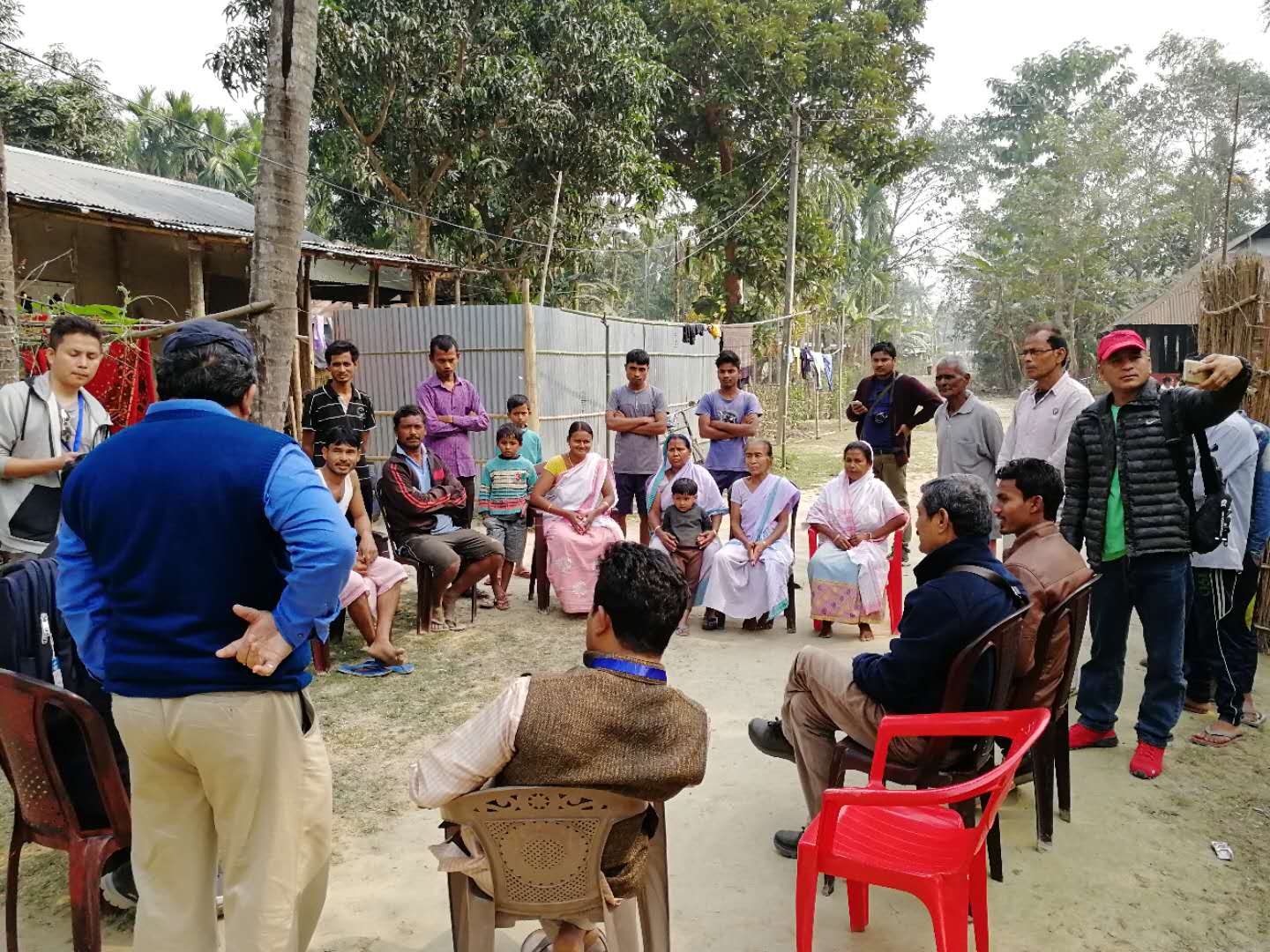
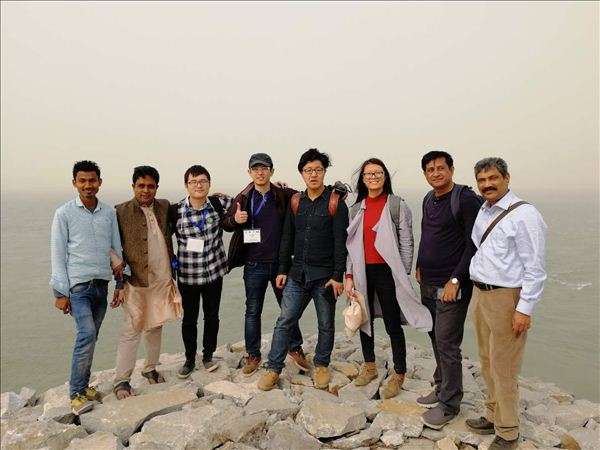
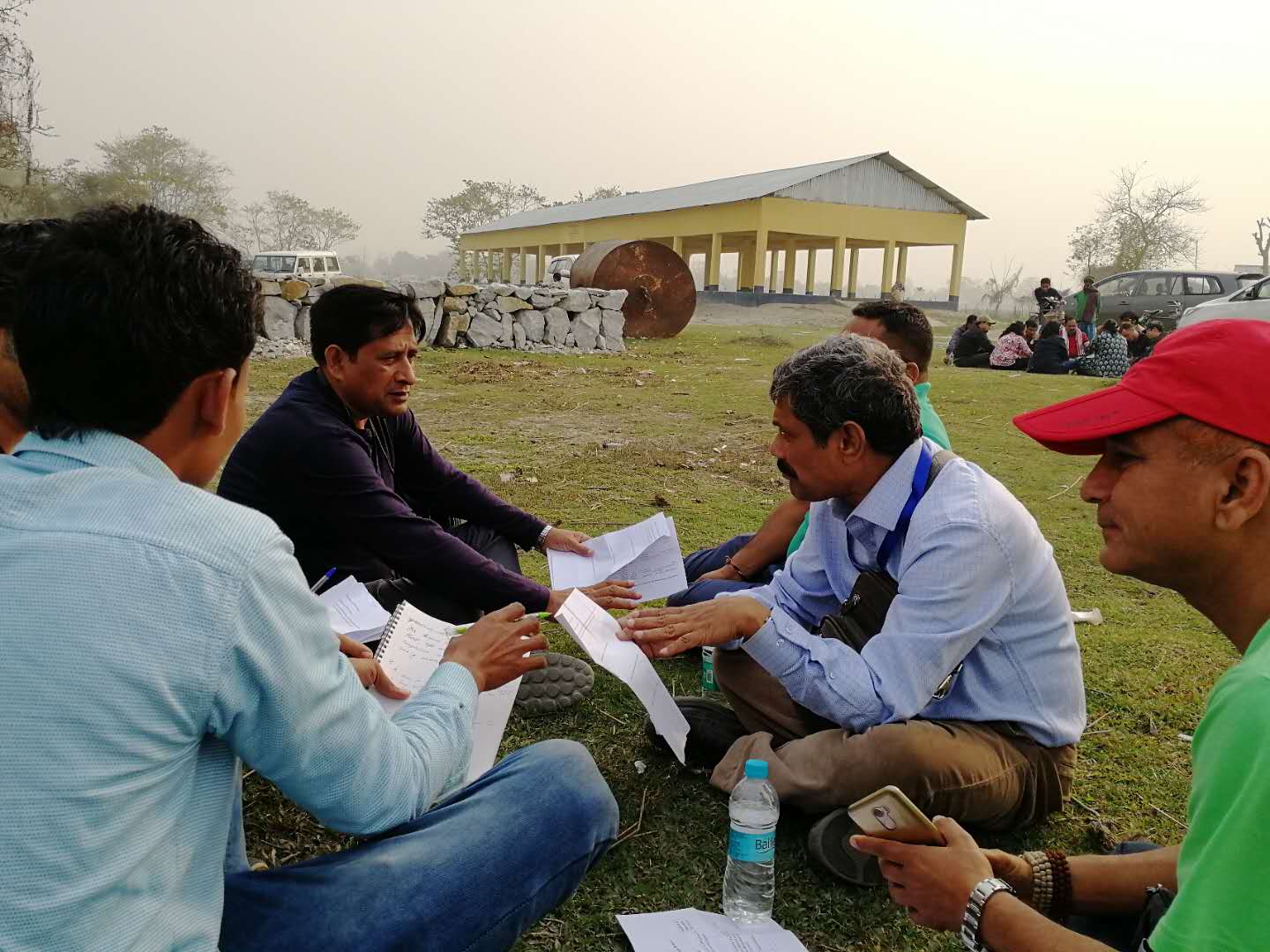
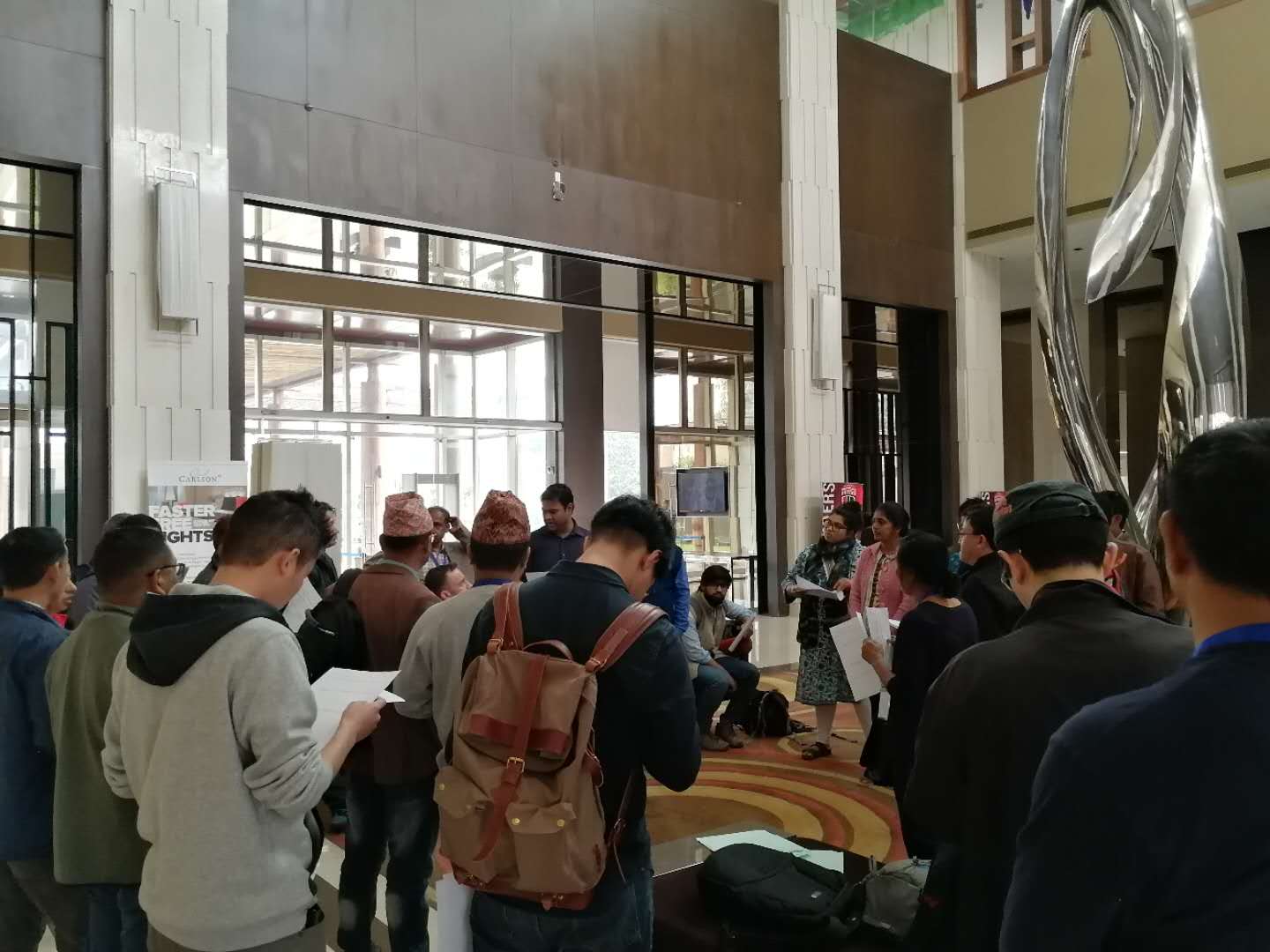
(photo courtesy: Zhang Yongfei)
by/ Niu Jingmei, Shuya
